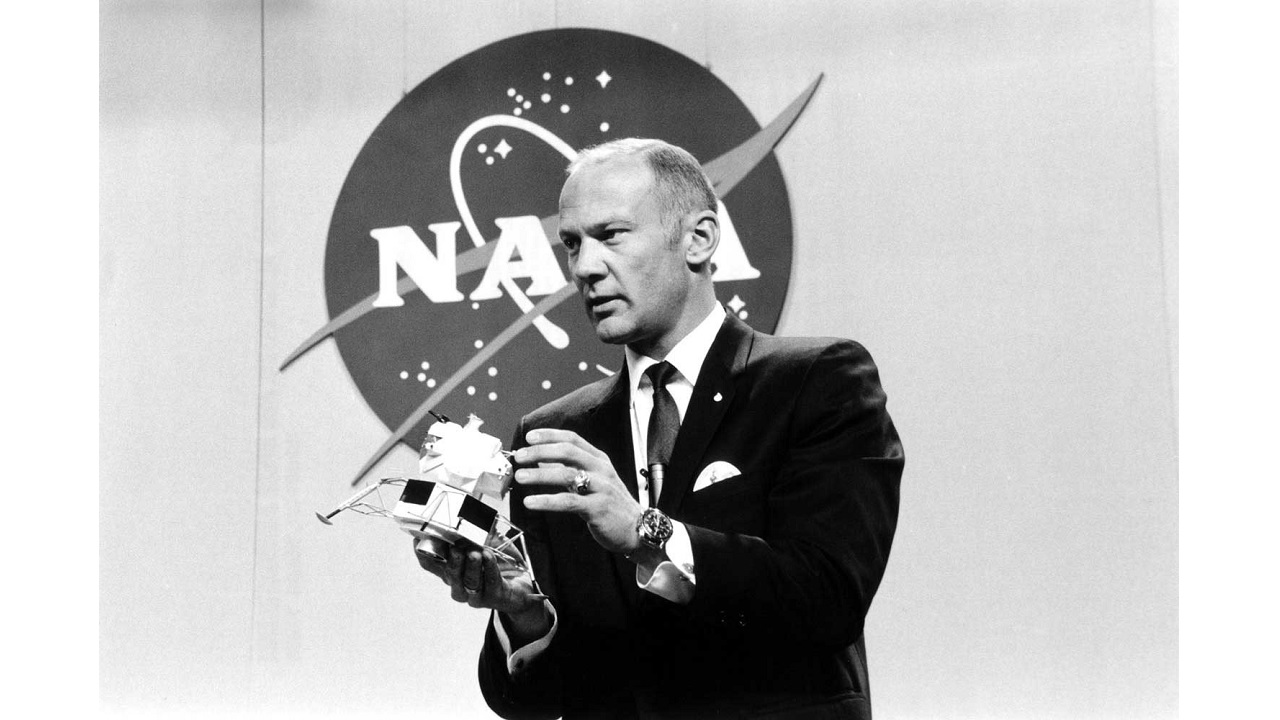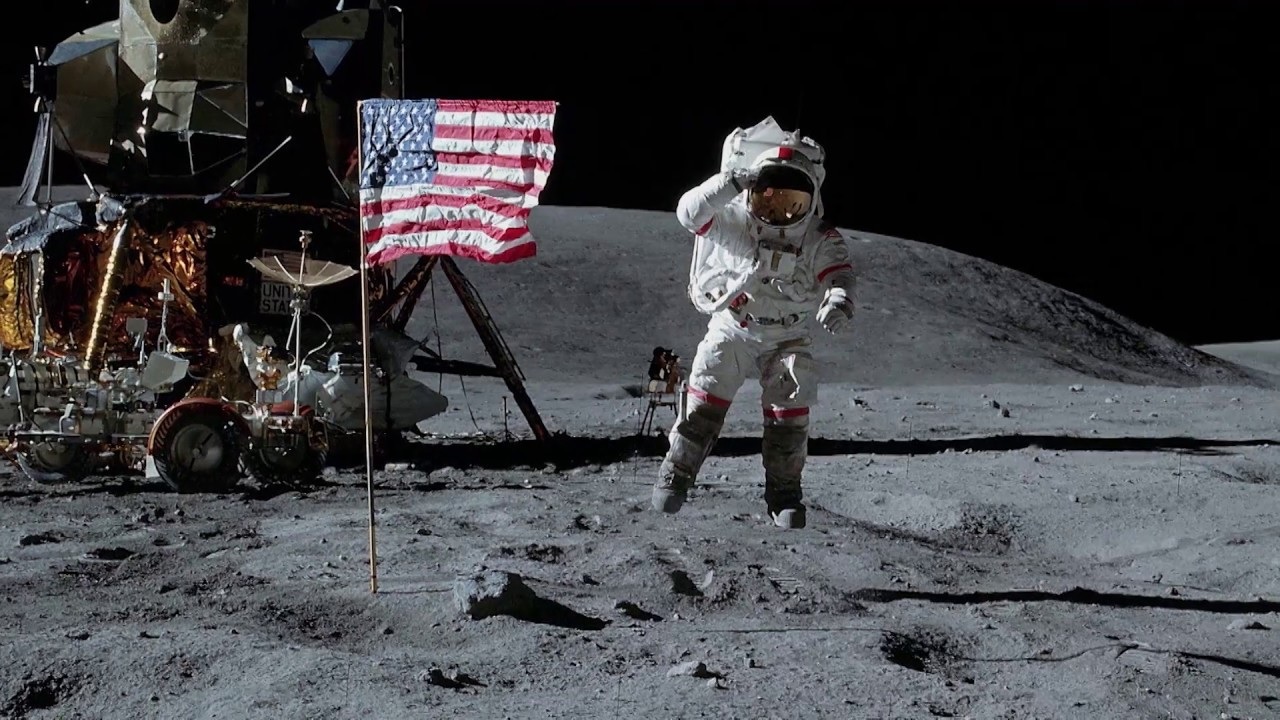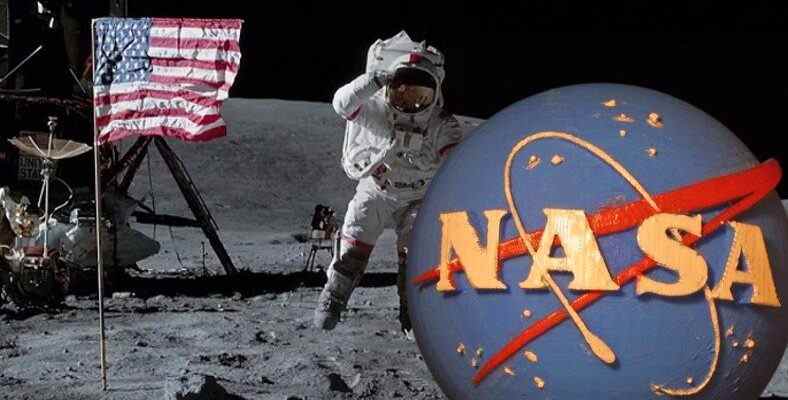NASA, which has signed the most important space studies by humanity today, was established as a result of the reflection of the power struggle between the USA and the Soviet Union during the Cold War period. Although it has accomplished many successful missions since the day it was founded, it could not prevent its name from being mentioned with some unsuccessful missions.
Although most of it is carried out by private companies today, when we go back a few decades, the only responsible for space studies was the states. Of course, NASA is the first government agency that comes to mind when space studies are mentioned. The purpose of establishing an institution like NASA, which requires high costs to operate It was not a scientific curiosity, but a power struggle between countries that affected the whole world at that time.
Even though the hot conflicts were over after the Second World War, a covert struggle was still going on between the USA and the Soviets. NASA was established when this struggle, called the Cold War, went beyond the borders of the world and spilled into space. NASA since its inception It has accomplished many missions that enable us to discover the limits of the universe we live in, but at the same time, it has not been able to prevent some missions from failing.
The world order in which NASA was founded:
Before moving on to the establishment of NASA, it is useful to take a look at the world order in which this state institution emerged. World War II is just over, millions of people died He was liberated from the Nazi regime. But the world was divided into two poles. One pole was the capitalist United States, and the other pole was the communist Union of Soviet Socialist Republics.
The clash of these two great powers was happening in every field. the USA and the Soviets; On the one hand, they were trying to attract other countries to their side, on the one hand, they were conducting spying activities, on the other hand, they were trying to defeat each other with scientific and technological studies. on October 4, 1957 With the Soviets launching the Sputnik I satellite into space the direction of this struggle began to shift towards space. The US had to do something.
When and by whom was NASA first established?

National Aeronautics and Space Administration, briefly NASA, in Turkish the National Aeronautics and Space Administration; On July 29, 1958, It was founded by the then United States President Dwight D. Eisenhower. Before NASA, such aviation activities were carried out by the National Advisory Committee for Aeronautics, which was established in 1915, in short NACA, in Turkish, by the National Advisory Committee in the Field of Aviation.
The purpose of NASA’s establishment was not scientific curiosity, but the US’s implicit struggle with the Soviets. Soviet successive launch of satellites and dogs Because of this, the Americans were in a great panic and could not sleep in case these communists dropped a bomb on our heads from space. Since President Eisenhower was already a World War II commander, he stepped in and quickly established NASA.
NASA’s primary goal was to show the world that there is also US power in space. Of course, although the politicians The purpose of scientists was to explore the universe we live in. Whatever the reason for its establishment, when we look at the work done by the institution and today’s space exploration, it is possible to say that NASA has and is doing a lot of successful work.
Some successful missions of NASA:
- Apollo
- Hubble
- Viking
- Chandra
- Cassini-Huygens
- Spirit & Opportunity
- Spitzer
- WMAP
- Voyager
- Pioneer

Most successful missions: Apollo
The Apollo missions will undoubtedly rank first among the most successful missions ever undertaken by NASA. Considering that Apollo 11 sent humans to the Moon. so what else? Thanks to the information we have gained as a result of many missions within the scope of Apollo, we are getting to know our moon much better today.
We see the farthest reaches of the universe: Hubble
We learned a lot of things we know about space today. The Hubble Telescope was given to humanity The Hubble mission is also considered one of NASA’s most successful works. Thanks to this mission, we were able to obtain images from points of the universe that we could not even imagine.
First color images of Mars: Viking
In July 1976, the Viking 1 probe made a successful landing on the surface of the planet Mars. It had outstripped its Soviet rivals. Thanks to this probe, which has been working on the surface of Mars for 6 years and 116 days, we have both unique information about Mars and colored images of Mars.
Supernova discoveries: Chandra
Founded in 1999, the Chandra Observatory observes space using X-rays. The rays used 100 times more powerful than conventional X-ray telescopes. Thanks to these unique rays, many supernovas have been discovered.
Unique information about Saturn: Cassini-Huygens
Cassini-Huygens spacecraft, a joint project of NASA and ESA, was launched in 1997 and after a long time, its target in 2004. He successfully reached the planet Saturn. Since then, we have obtained unique information thanks to the vehicle orbiting Saturn.
Everything we know about Mars: Spirit & Opportunity
Twin spacecraft called Spirit & Opportunity were launched in 2004. landed on planet Mars and they wandered around as much as they could for 90 days. We owe much of what we know about Mars today to these twin spacecraft.
It formed the basis of many studies: Spitzer
The Spitzer Space Telescope, which forms the basis of cosmology and astrophysics studies, was first introduced in 2005. By discovering the light from extrasolar planets It has brought a unique dimension to space studies.
We learned the age of the universe: WMAP
The Wilkinson Microwave Anisotropy Probe, WMAP for short, in Turkish, Wilkinson Microwave Anisotropy Probe; Radiation in the universe after the Big Bang It enabled the creation of precise theories to calculate the age of the universe by measuring it in the most accurate way.
They went places we couldn’t even imagine: Voyager
The Voyager 1 and Voyager 2 spacecraft, which were sent on an irreversible space mission years ago, by 2025 they will continue to transmit signals to us from points in the universe that we cannot even imagine. We owe everything we know about distant planets like Jupiter, Saturn, Neptune, Uranus, Pluto to them.
First vehicles to reach Saturn and Jupiter: Pioneer
Pioneer 10 and Pioneer 11 spacecraft, launched in 1972 and 1973, They are the first to reach Saturn and Jupiter. Pioneer 10 and Pioneer 11 are the first spacecraft to travel between Mars and Jupiter in the middle of the asteroid belt. The information they obtained was, of course, unique.
Some failed missions of NASA:
- STS-51-L
- STS-107
- Apollo-Soyuz Test Project

Spacecraft caught fire: STS-51-L
The event, which went down in history as the Challenger Disaster, took place on January 28, 1986. STS-51-L spacecraft launched by NASA, broke apart a minute later and all the crew in it perished.
It started like a harmless fire: STS-107
The event that went down in history as the Columbia Disaster took place on February 1, 2003. STS-107 spacecraft launched by NASA A fire broke out 7 minutes later. Even though it was said that there was no problem, the fire spread and all the crew in the vehicle lost their lives.
Mysterious gas leak: Apollo-Soyuz Test Project
The rocket, which was launched into space as part of the Apollo-Soyuz Test Project, which was the first joint space study of the USA and the Soviet Union in July 1975, successfully sat in Earth orbit. When they come back after 44 hours It turned out that the car had a nitrogen gas leak. The crew—three Americans and two Russians—was taken to hospital immediately. Fortunately, nothing happened to anyone. However, the leak caused great controversy.
US government agency that signed the most important space studies in human history When and by whom was NASA founded? We answered the question and talked about the successful and unsuccessful space missions carried out by the institution. You can share your thoughts about NASA and its work in the comments.
